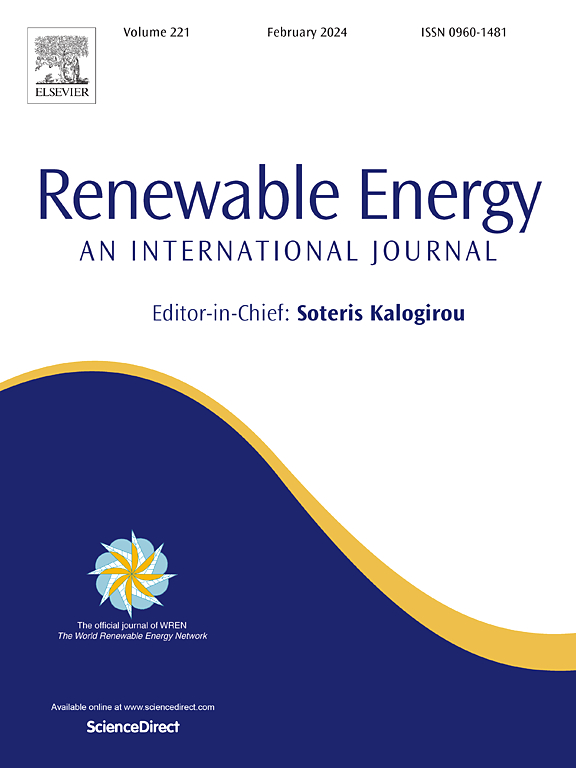Seasonal distribution analysis and short-term PV power prediction method based on decomposition optimization Deep-Autoformer
IF 9
1区 工程技术
Q1 ENERGY & FUELS
引用次数: 0
Abstract
In complex weather and seasonal scenarios, single-model photovoltaic (PV) power prediction often lacks stability due to its limited capacity to capture temporal dynamics. To address this, we propose a multi-step prediction framework that incorporates seasonal decomposition to enhance accuracy. Our approach begins with analyzing annual temperature and solar irradiance characteristics using Piecewise Aggregate Approximation for initial seasonal segmentation. This segmentation is refined through optimized Seasonal Clustering to minimize transition intervals and improve seasonal boundaries. A similarity coefficient between transition and adjacent intervals is calculated to further enhance prediction accuracy. Central to our framework is the Savitzky-Golay decomposition block, which is designed for hierarchical decomposition and feature extraction. This forms the core of the SG-Deep-Autoformer model, which effectively separates trend and weather components, capturing complex weather dynamics across multiple temporal scales, and thus improving the forecasting accuracy significantly. Evaluations show that our method outperforms traditional models, including Long Short-Term Memory and Gated Recurrent Unit networks, with an 11.21 % reduction in mean absolute percentage error and notable improvements in mean absolute error and mean squared error. The method's effectiveness is validated across diverse datasets, demonstrating robust performance under varying weather and seasonal conditions. By integrating seasonal decomposition with advanced feature extraction, the SG-Deep-Autoformer provides a reliable tool for PV power forecasting, thereby enhancing energy management and grid operations.
求助全文
约1分钟内获得全文
求助全文
来源期刊

Renewable Energy
工程技术-能源与燃料
CiteScore
18.40
自引率
9.20%
发文量
1955
审稿时长
6.6 months
期刊介绍:
Renewable Energy journal is dedicated to advancing knowledge and disseminating insights on various topics and technologies within renewable energy systems and components. Our mission is to support researchers, engineers, economists, manufacturers, NGOs, associations, and societies in staying updated on new developments in their respective fields and applying alternative energy solutions to current practices.
As an international, multidisciplinary journal in renewable energy engineering and research, we strive to be a premier peer-reviewed platform and a trusted source of original research and reviews in the field of renewable energy. Join us in our endeavor to drive innovation and progress in sustainable energy solutions.
 求助内容:
求助内容: 应助结果提醒方式:
应助结果提醒方式:


